The Palafitte of Fiavé: in Trentino to discover one of the most important settlements of European prehistory
In Trentino, in Fiavé, in the heart of the Giudicarie Valleys, between Lake Garda and the majestic Brenta Dolomites, are the remains of one of the most important settlements of European prehistory: it will seem like taking a plunge into the past, back to the time of ourBronze Age ancestors, by visiting the Fiavé Pile Dwelling Museum, the Archeo Natura Park and the UNESCO World Heritagearchaeological area, in the unique environmental setting of the Fiavé-Carera Nature Reserve, recognized as a UNESCO Biosphere Reserve - Alpi Ledrensi e Judicaria.
Considered an important point of reference for the history of the oldest European farming communities, Fiavé offers its visitors an immersion in the daily life of our ancestors who 3,500 years ago lived on the shores ofancient Lake Carera, through a route that starting from the Archeo Natura Park that covers an area of 12.000 square meters in the environmental context of the Fiavé-Carera nature reserve, not far from the archaeological area where the remains of the poles that supported the prehistoric constructions are still visible , leads after a pleasant walk of about two kilometers to the Pile Dwelling Museum, which is located in the village and preserves the archaeological evidence of the pile-dwelling settlements.
The Archeo Natura Park of Fiavé, conceived and implemented by the Superintendence for Cultural Heritage of the Autonomous Province of Trento, is the result of the first archaeological research that Renato Perini carried out in the 1960s, later continued by Franco Marzatico, the current superintendent for cultural heritage of Trentino, who came up with the concept for the trail. One is immediately greeted by a circular labyrinth made of larch and chestnut poles that refers to the decoration of a Bronze Age vessel found during excavations in the peat bog at the site of the ancient Carera Lake. In fact, most of the artifacts found by archaeologists and now displayed in part at the Pile Dwelling Museum come from the latter.
Walking along a footbridge suspended over the water, one reaches the huts faithfully reconstructed life-size and set up with furnishings and utensils based on the scientific data collected by archaeologists during the excavations, data that made it possible precisely to reconstruct the Bronze Age pile-dwelling village; installations also evoke the thicket of piles that the first archaeologists found when they investigated the pile dwellings. In the nearby archaeological area, the remains of the pile dwelling piles still emerge from the water. The huts were genuine examples of ante litteram green building, with vegetated walls made of a skillful interweaving of hazel branches, while the raw earth plaster was composed of a mixture of clay, cattle dung, natural binder and chopped straw fibers. Roofs, on the other hand, were covered with swamp reeds. The refined construction technique of the huts and the ingenious system of piles on which the piles of the last village rested demonstrate the skills of the prehistoric inhabitants, who also excelled in craft and agro-pastoral activities, as well as in domestic animal husbandry.
The natural setting of the park is made even more impressive by the presence of life-size reproductions of domestic and wild animals, such as goats, sheep, cattle, deer, roe deer, bears and wild boar, made of metal supports covered with peat. These scenic elements, combined with the meticulous reconstruction of the huts and installations illustrating daily occupations in village life, such as woodworking, metallurgy, pottery making, land cultivation, grain milling, and plant fiber weaving, offer an authentic glimpse into the life of prehistoric communities.
The tour route is accompanied by information panels in three languages (Italian, German and English), and in the visitor center it is possible to see films and multimedia apparatus to deepen our knowledge of this place. There is also no shortage of rest areas and spaces dedicated to families and children. Over the course of the summer, the Superintendency’s Educational Services also organize workshops to try their hand at ancient techniques and knowledge, participatory guided tours, and meetings with archaeologists to explore special themes and discover previously unseen aspects.
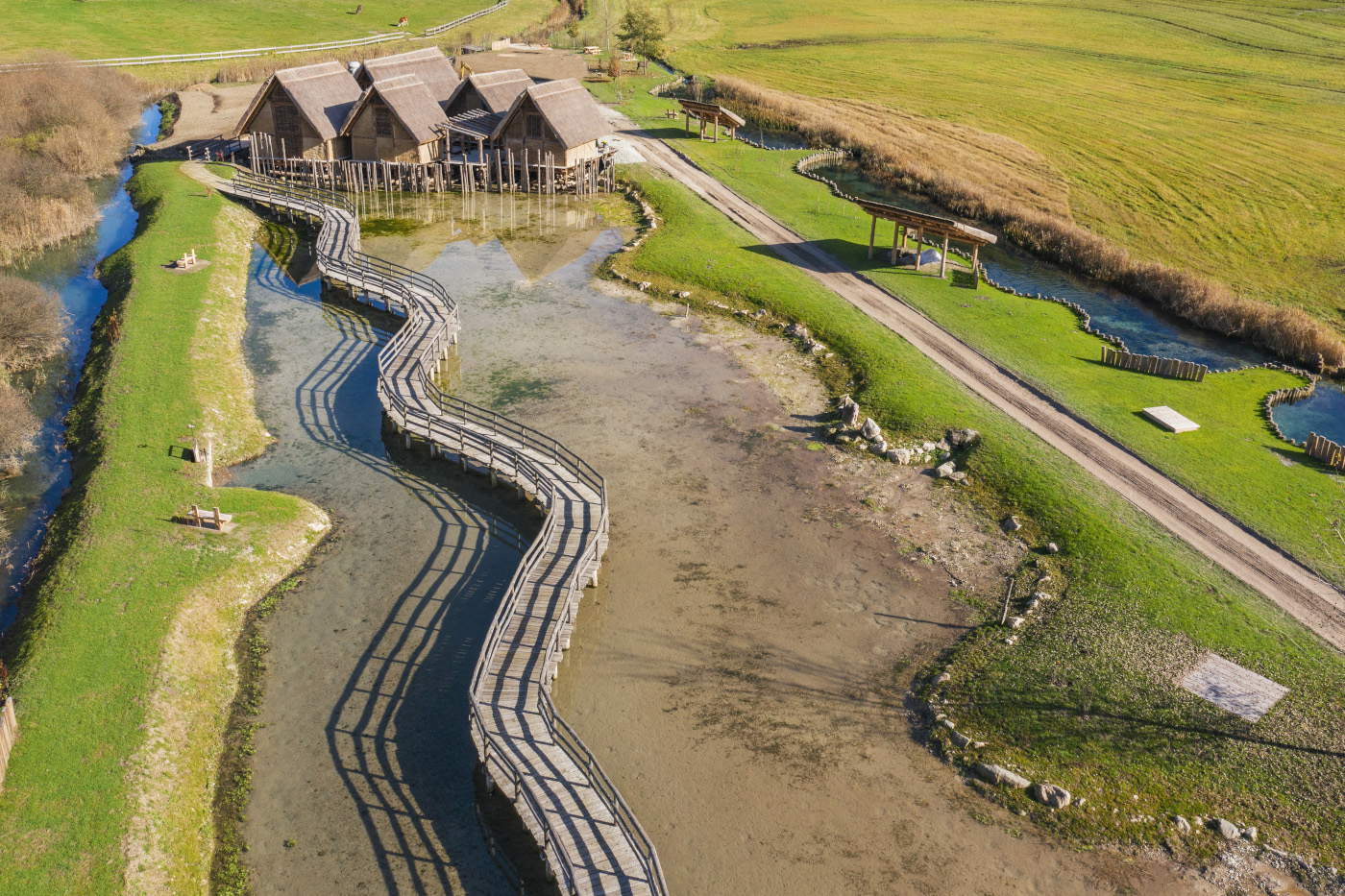



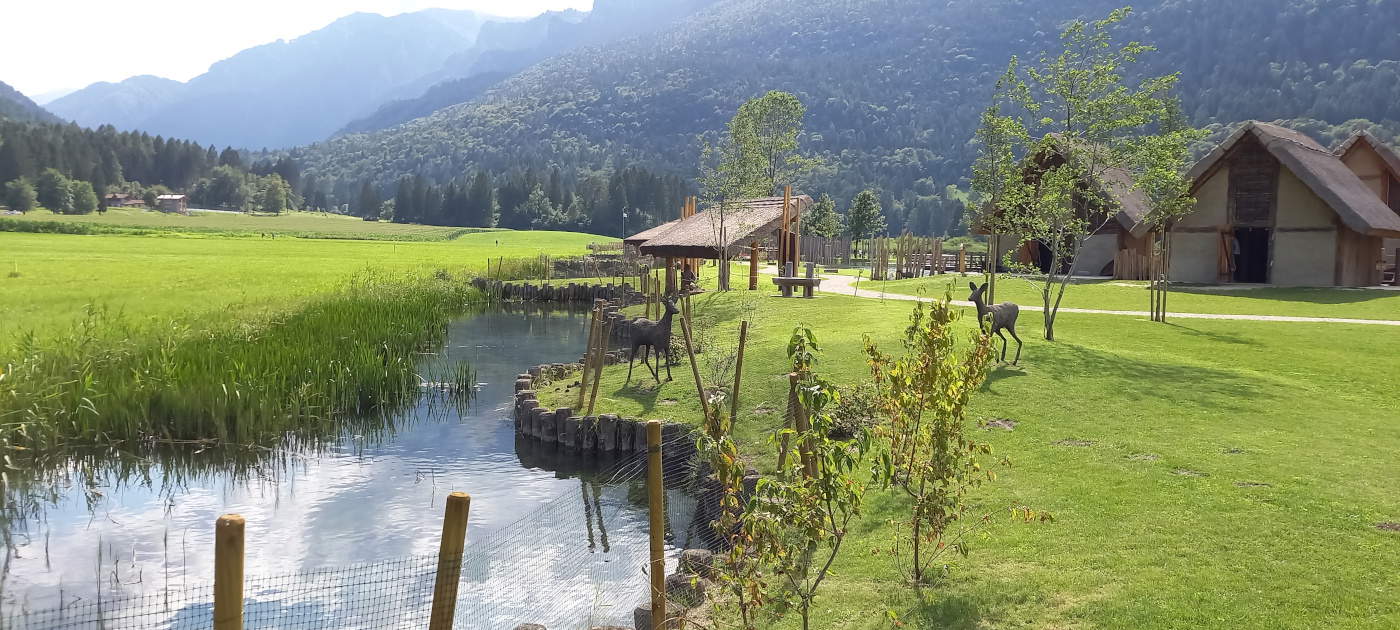
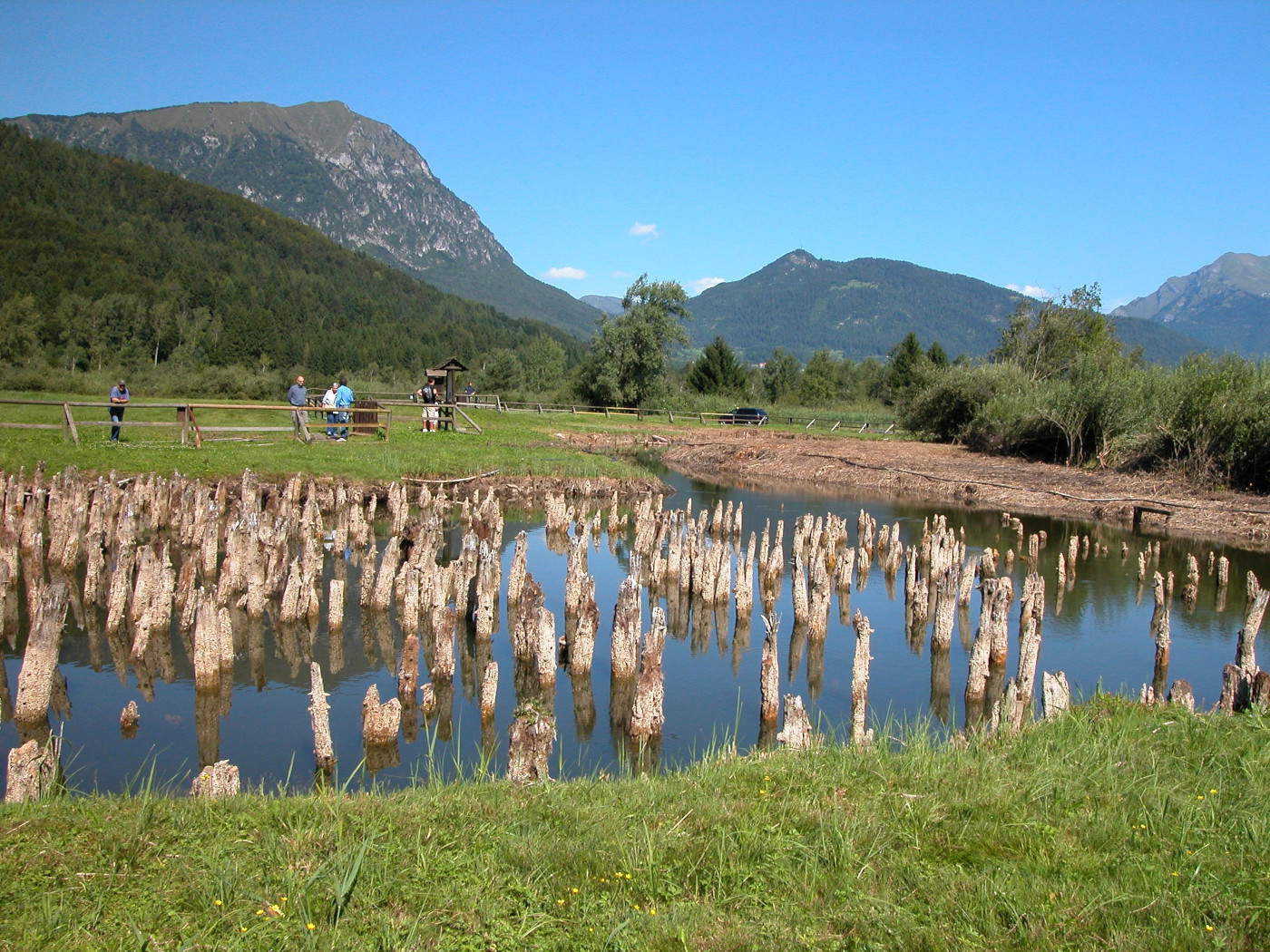

The village of Fiavé, on the other hand, is home to the Pile Dwelling Museum: opened in 2012 in an old rural house, it tells the story of the pile-dwelling settlements that succeeded each other on the shores of the ancient lake, which has now become a peat bog, through the archaeological finds unearthed, thus exploring aspects of life 3500 years ago. There are thousands of objects that ended up in the water, either accidentally or intentionally, when the village existed in the Bronze Age. These include pottery vessels, but also bronze jewelry and, extremely rare for the time, Baltic amber and gold. Also unique in Europe is the collection of more than three hundred wooden objects: kitchen utensils and accessories, such as cups, ladles, trays, work tools such as buckets, mallets, sickles, drills, axe handles, as well as a bow and some arrows. The special environmental conditions of the lake deposits even preserved foods such as ears of corn, dogwoods, hazelnuts, apples and pears.
The exhibition tour begins on the second floor, where videos and panels illustrate the evolution of the ancient glacial lake. This section introduces the natural and historical context of the area, preparing visitors to discover the later stages of human settlement. The next rooms are devoted to the archaeological research directed by Renato Perini between 1969 and 1983, with a rich display of archaeological materials arranged in numerous showcases, including a seven-meter-long one that presents the seven phases of settlement. In the attic, a large section is devoted to daily life during the Bronze Age, with an impressive model of the Middle Bronze Age village (1500-1350 B.C.) called “Fiavé 6.” Here, thematic showcases display shepherds’ and farmers’ tools, domestic artifacts such as crockery and utensils, and remains of cultivated or collected species, offering a detailed view of the daily activities and material culture of ancient peoples.
The museum is also distinguished by its scenic elements that evoke the support piles of pile dwellings and small rooms built on planking, which allow total immersion in the prehistoric world. Dioramas and experimental archaeology films tell the story of human and animal life, the preservation and preparation of food, the production of clothing and ornaments, and the making of objects from pottery, metal, wood, and bone. The Fiavé Pile Dwelling Museum is not just an exhibition site, but an interactive experience. Visitors can open doors, drawers and sliding doors to discover the exhibits, making the visit an exploratory and engaging journey. The layout, curated by Franco Didoné, of the “Tacus e Didoné” studio and Bolzano-based “Gruppe Gut,” with scientific advice from the Soprintendenza per i Beni librari archivistici e archeologici della Provincia autonoma di Trento, reflects a systemic approach that combines archaeology, geoarchaeology, archaeobotany and archaeozoology, offering a historical and “paleo-ethnological” view of the human communities that lived on the banks of the Carera.
The rooms on the second floor are devoted to archaeological research and historical reconstruction. The initial section, curated by the Nature Conservation and Environmental Enhancement Service of the Autonomous Province of Trento, recounts the formation of the ancient lake reservoir starting about 15,000 years ago. Through films, panels, models and reconstructive sets by Gigi Giovanazzi, visitors can follow the different stages of field and laboratory research. A large showcase displays archaeological materials divided into the seven phases of the life of the villages of Fiavé. The second section, located in the attic, is probably the most fascinating, with a huge room dedicated to life at the time of the pile dwellings. A large model reconstructs the Middle Bronze Age village “Fiavé 6,” with more than seventy figures showing the construction of the huts, from the clearing of felled trees to the setting up. The village was built a short distance from an earlier pile-dwelling settlement whose abandoned remains can be seen. Some showcases then display exceptional wooden artifacts, the sickles, plow and yoke, as well as the results of archaeobotanical analyses that made it possible to recognize the species that were cultivated or harvested and, in some cases, the conservation techniques. An entire section is also devoted to archaeozoology, which recounts through analyses related to the characterization of species, traces of slaughtering, and the use of hard materials, the lives of humans and animals in the activities of farming, herding, and hunting.
The experience of life on stilts is simulated through various small environments dedicated to daily life in the village and within the dwellings, such as food preservation and preparation, the creation of clothing and ornaments, and the production of objects made of pottery, metal, and wood. All objects are shown not only as “artifacts,” but as documents of the life and work of men and women some 3,500 years ago. Within each room, domestic and working activities are reconstructed with the support of small models and videos: static and moving images, accompanied by sounds, for an immersive experience that is also emotionally engaging. Instead, in the space overlooked by the rooms, a kind of “wood street” opens up, designed to highlight one of the oldest materials used by man. At the end of the visit, it is finally possible to climb up to a mezzanine that simulates a pile-dwelling, to offer a panoramic view of a past that lives on through the exhibits.
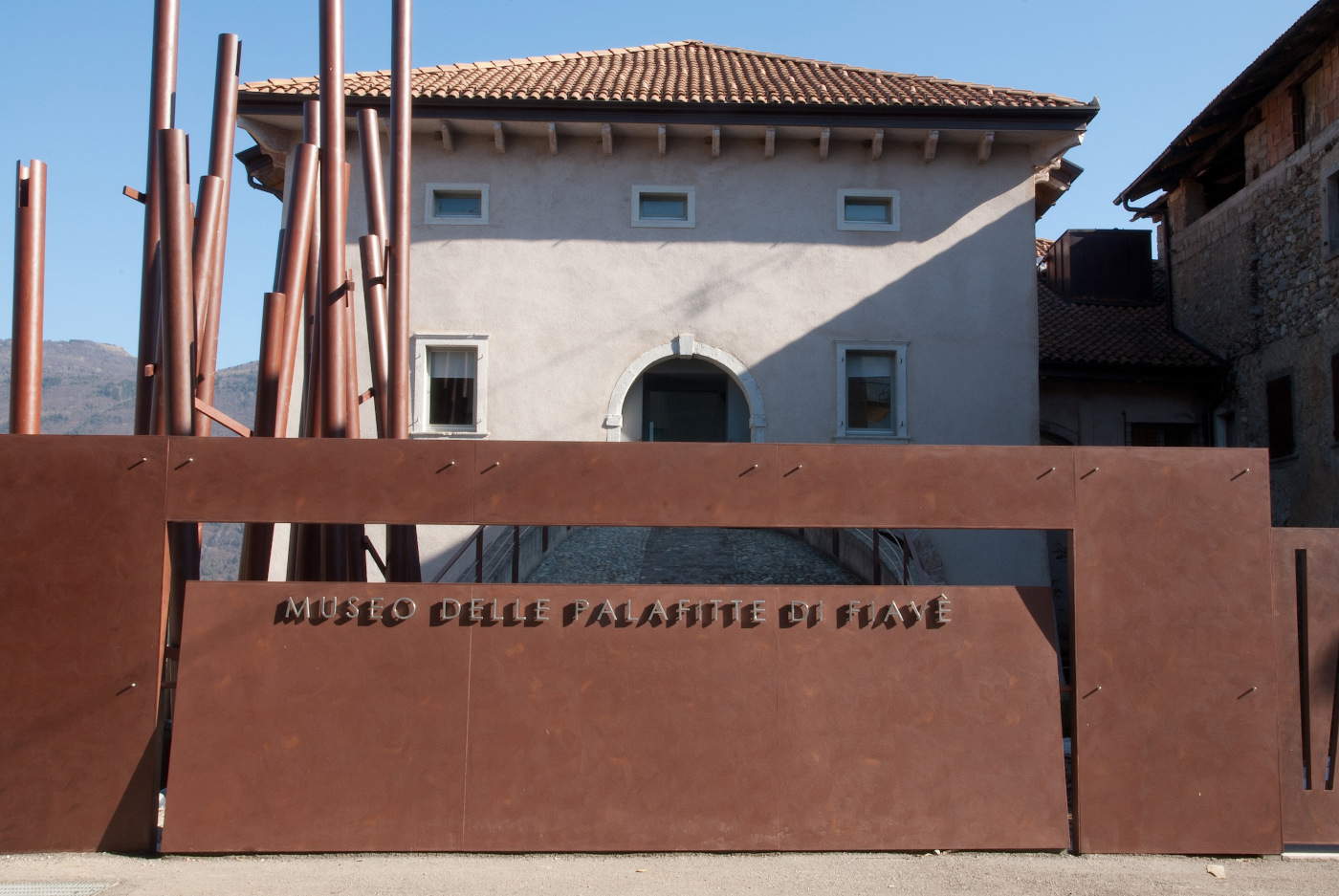


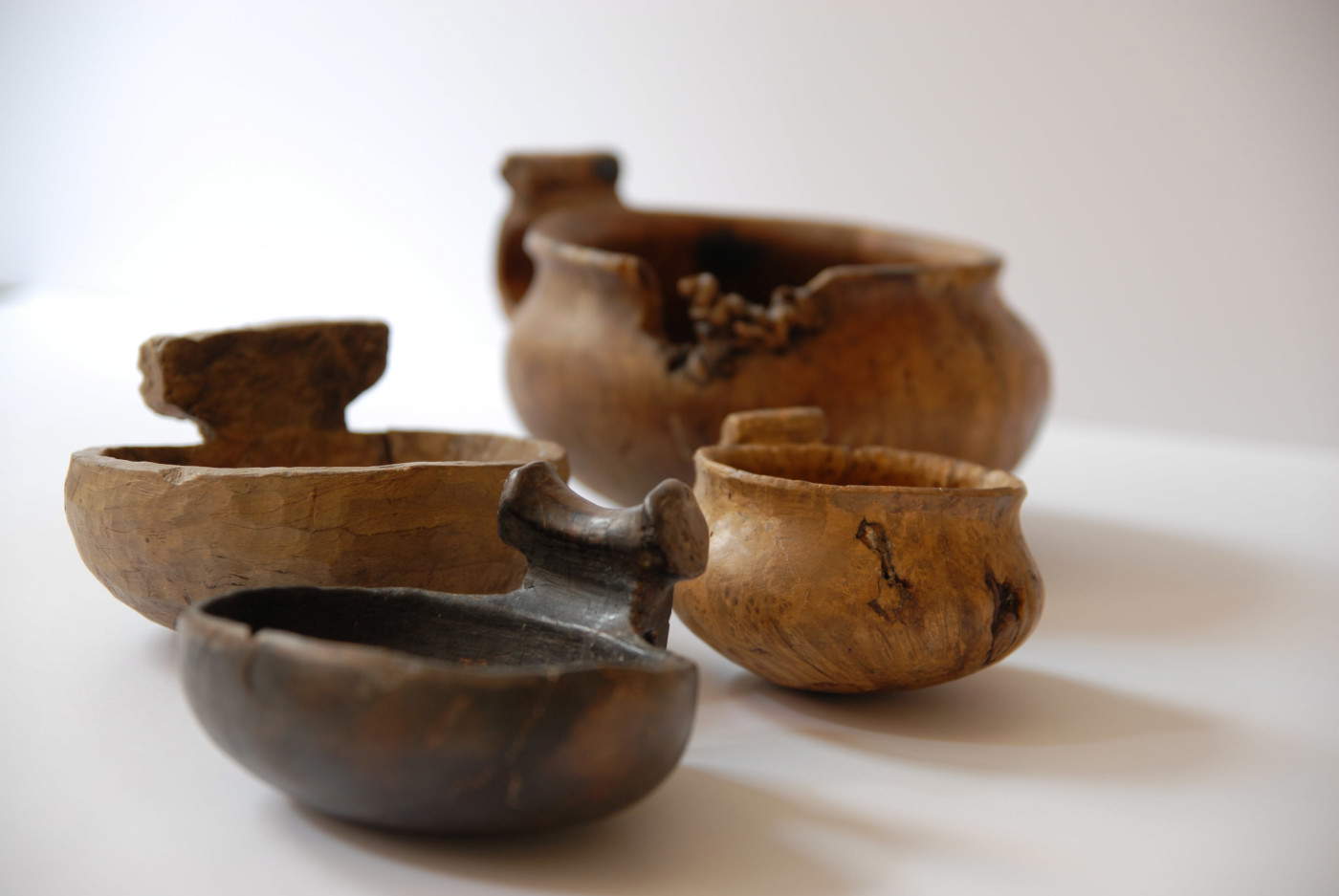
 |
| The Palafitte of Fiavé: in Trentino to discover one of the most important settlements of European prehistory |
Warning: the translation into English of the original Italian article was created using automatic tools. We undertake to review all articles, but we do not guarantee the total absence of inaccuracies in the translation due to the program. You can find the original by clicking on the ITA button. If you find any mistake,please contact us.





























